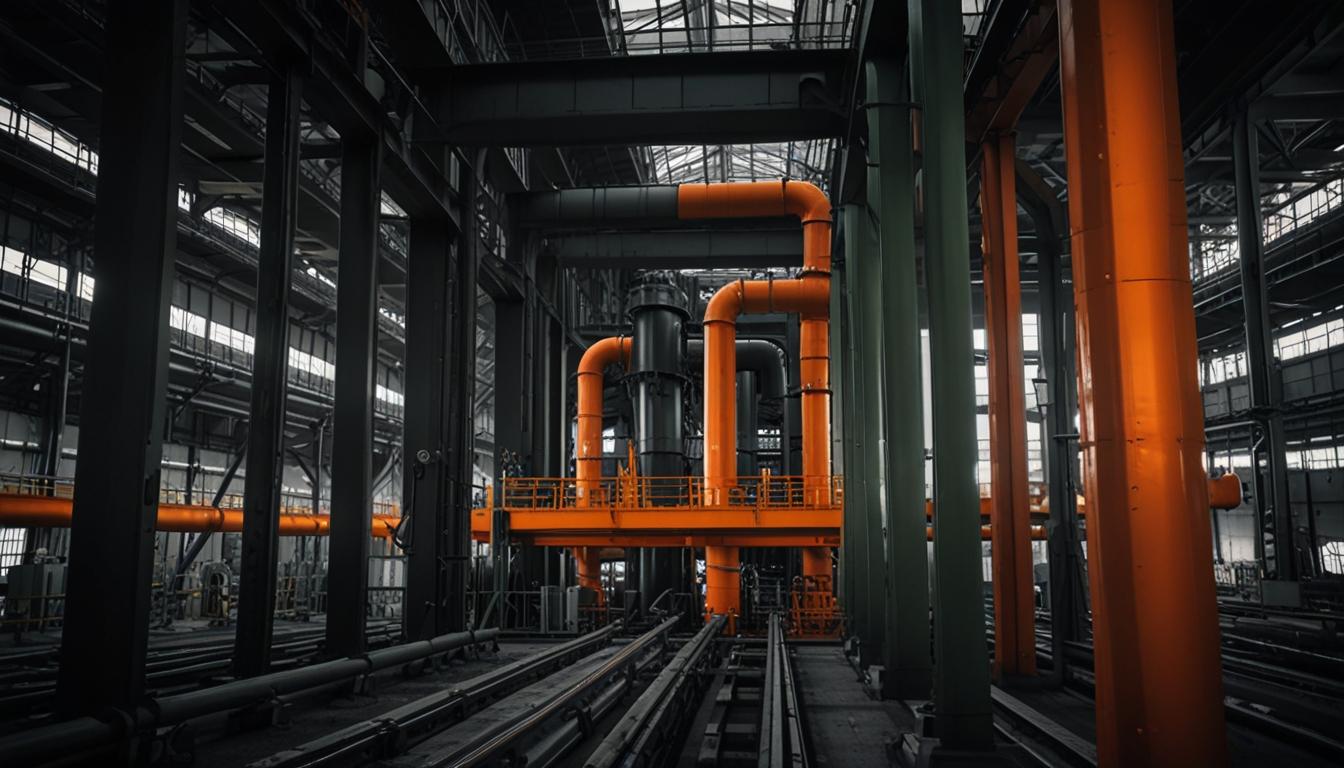With a groundbreaking project in Northern Sweden and investments in the U.S., the steel industry is embracing green technologies to combat carbon emissions and meet sustainability goals, although challenges persist.
In Northern Sweden, near the Arctic Circle, a groundbreaking project is underway to revolutionize steelmaking. H2 Green Steel, a Swedish company, is developing the world’s first large-scale “green steel” facility just outside Boden, scheduled for completion by 2026. The facility aims to replace coal with “green hydrogen” generated through renewable electricity. This process could reduce carbon emissions by 95% compared to traditional methods and is expected to produce 5 million metric tons of green steel annually by 2030.
Steel production is a significant contributor to global carbon emissions, accounting for 7-9% of the total. Traditional methods rely heavily on coal, a practice that generates substantial pollution. The current global consumption of steel is nearly 2 billion metric tons annually, and with demand projected to increase by 30% by 2050, the industry is under immense pressure to find more sustainable solutions.
In the U.S., the Biden administration has announced a $6 billion investment to decarbonize heavy industry, including steel. Part of this funding will support the development of hydrogen-ready facilities, such as a project by Cleveland-Cliffs in Ohio and another by SSAB in Mississippi.
Despite the innovative approaches, the transition to green steel faces numerous challenges, including high costs and the need for substantial renewable energy sources. Additionally, global reliance on coal-powered blast furnaces continues, especially in key producing countries like China.
In a related development, the Appalachian Regional Clean Hydrogen Hub (ARCH2) in the U.S., a $6 billion project spanning West Virginia, Ohio, and Pennsylvania, is encountering significant community opposition. The project aims to produce hydrogen primarily from natural gas and carbon capture by 2030. However, environmental groups and local communities have raised concerns about its environmental impact and commercial viability, arguing that it could perpetuate fossil fuel dependence and emissions.
As the world grapples with these challenges, the successful implementation of green steel technologies and effective community engagement will be crucial in achieving a significant reduction in carbon emissions in the steel industry.
